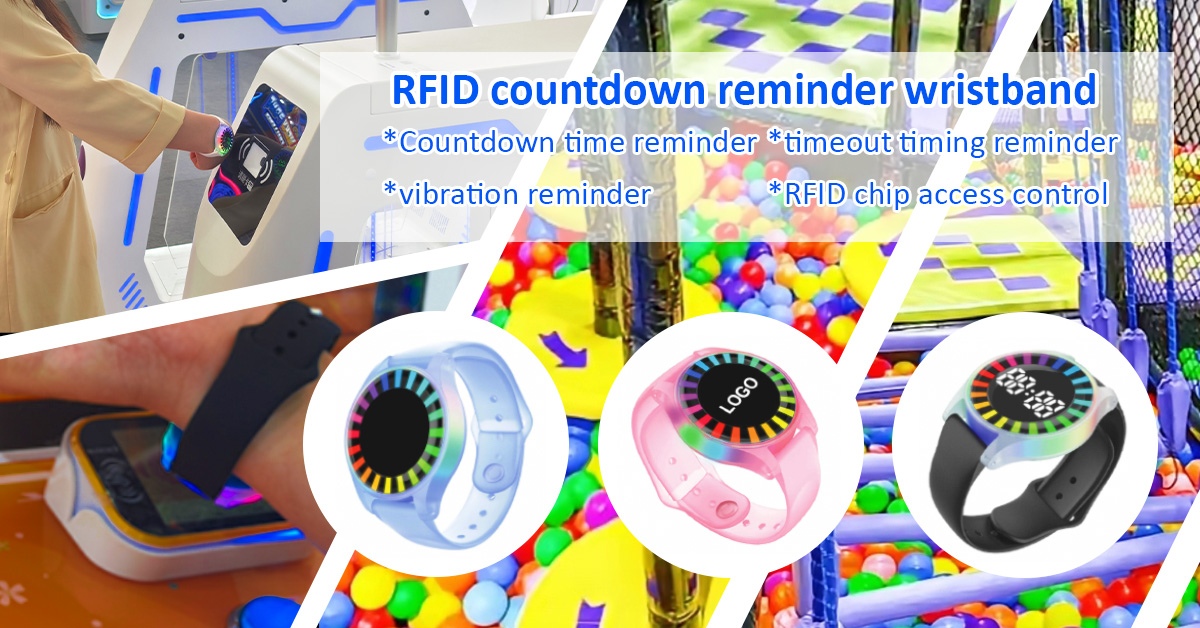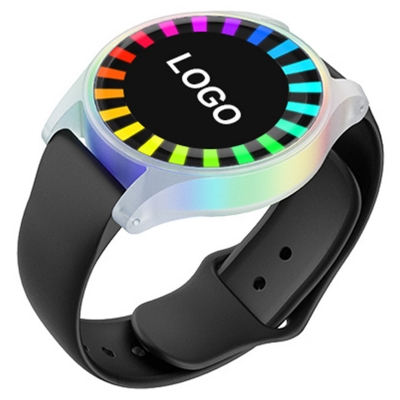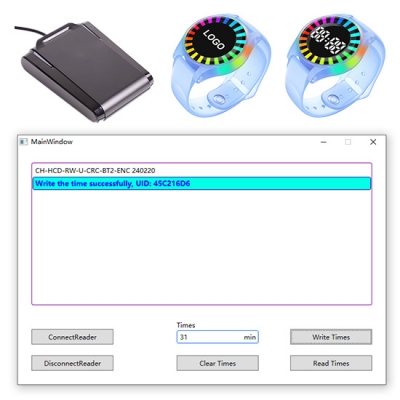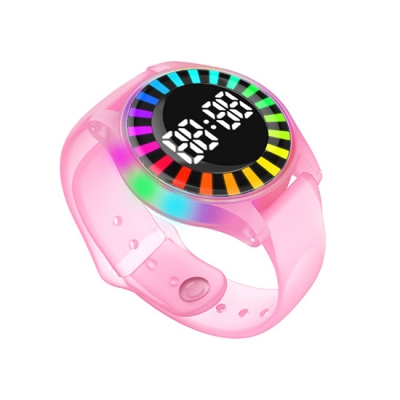RFID (Radio Frequency Identification) wristbands have become a transformative technology across industries, providing seamless integration, enhanced security, and a better user experience. These wristbands utilize RFID chips to wirelessly store and transmit data, and are widely used in healthcare, entertainment, logistics, and other fields.
What is an RFID wristband?
An RFID wristband is a wearable device embedded with an RFID chip and antenna. It transmits data via radio waves to an RFID reader, which decodes the information for use in a variety of applications. Wristbands are typically made of durable materials such as silicone or plastic to ensure comfort and durability.
Key Features and Benefits
Efficiency and Convenience
RFID wristbands streamline the process, allowing guests to enter, pay, and ride attractions using their wristbands, reducing wait times and increasing customer satisfaction. Waterproof silicone RFID wristbands are particularly suitable for water parks, gyms, and hotels, providing a rugged and reliable access control system that can withstand harsh environments.
Enhanced Security
These wristbands offer robust security features such as encrypted data transmission and a tamper-resistant design.
Data Collection and Analysis
RFID wristbands enable real-time data collection, providing valuable insights into user behavior and operational efficiency. For example, event organizers can track attendee movements to optimize venue layout and resource allocation. RFID woven wristbands are widely used at music festivals for access control, identification, and cashless payments, enhancing the overall attendee experience.
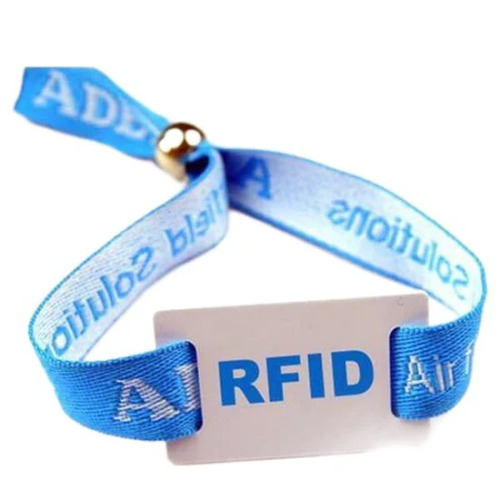
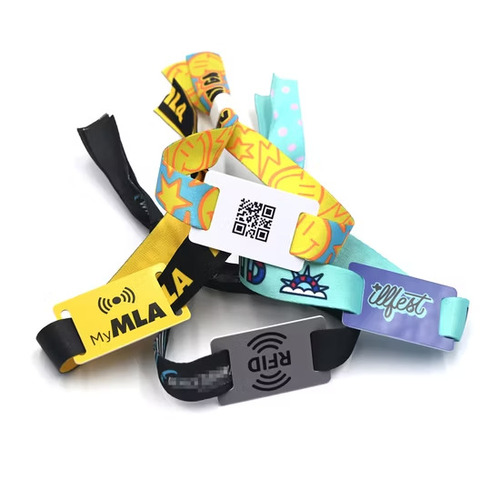
Cross-Industry Applications
Healthcare
In hospitals, RFID wristbands are used for patient identification, asset tracking, and inventory management. According to a study by the American Hospital Association, RFID technology can reduce medication errors by up to 50%, thereby improving patient safety.
Entertainment and Events
Major music festivals such as Coachella have adopted RFID wristbands for ticketing and cashless payments. The 2024 Coachella festival saw a 30% increase in transaction speed, improving the overall attendee experience. Disposable soft PVC RFID wristbands are ideal for music festivals because they are durable, customizable, waterproof, and can withstand harsh conditions.
Logistics and Supply Chain
RFID wristbands help efficiently track goods and people in warehouses. Companies like Amazon have implemented RFID systems, reducing inventory discrepancies by 25% and improving operational efficiency.
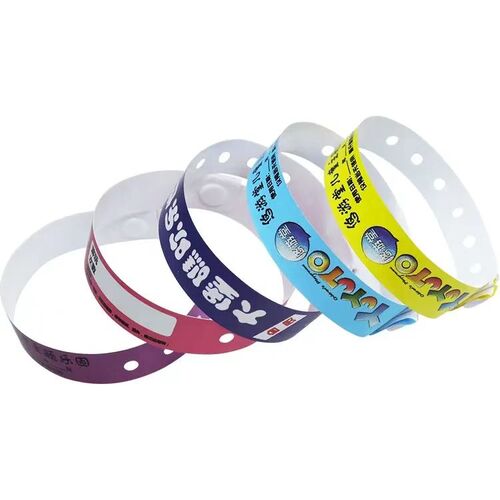
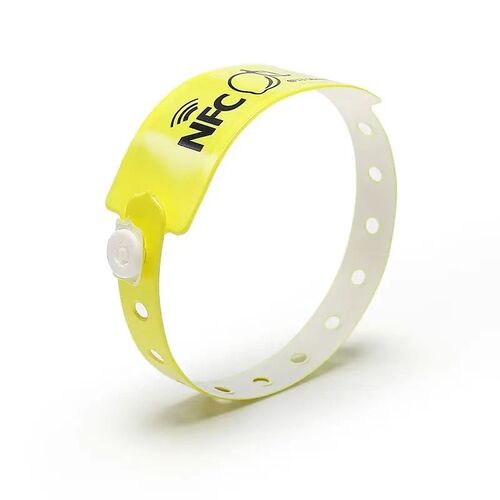
Case Studies
Disney Magic Wristband
The Disney Magic Wristband is a prime example of RFID wristband integration, serving as a room key, park ticket, and payment method, providing a seamless guest experience. A similar product, RFID Countdown Wristband designed for amusement parks and leisure centers, integrates real-time countdown reminders and vibration alerts, enhancing the guest experience and operational efficiency.
Hospital Patient Tracking
A UK hospital deployed RFID wristbands to track patient activity and monitor treatment adherence. The system reduced patient wait times by 15% and increased staff efficiency by 20%.
Challenges and Solutions
Privacy Concerns
RFID wristbands raise privacy concerns due to the data they collect and track. To address this issue, companies must implement strict data encryption and user consent protocols.
Cost and Implementation
The initial cost of an RFID system can be high. However, the long-term benefits, such as reduced operating costs and increased efficiency, more than justify the investment.
Interference and Reliability
RFID signals can be affected by environmental factors such as metal and liquids. Using UHF RFID wristbands with anti-interference technology can mitigate this issue.
Future Trends
Integration with the Internet of Things (IoT)
RFID wristbands are increasingly being integrated with IoT devices, enabling smarter, more connected systems.
Advances in Biometric Technology
Future RFID wristbands may incorporate biometric features such as fingerprint or heart rate monitoring, enhancing security and functionality.
Sustainability Initiatives
Many companies are developing eco-friendly RFID wristbands using biodegradable materials to align with global sustainability goals.
Conclusion
RFID wristbands represent a significant leap forward in wearable technology, offering unparalleled convenience, security, and efficiency. As industries continue to adopt and innovate RFID solutions, these wristbands will play a key role in shaping the future of technology. By addressing challenges and embracing emerging trends, RFID wristbands will continue to be a cornerstone of modern technological advancement, empowering both consumers and businesses.
